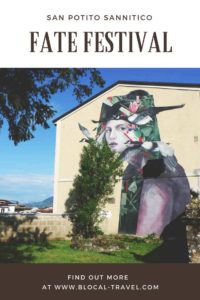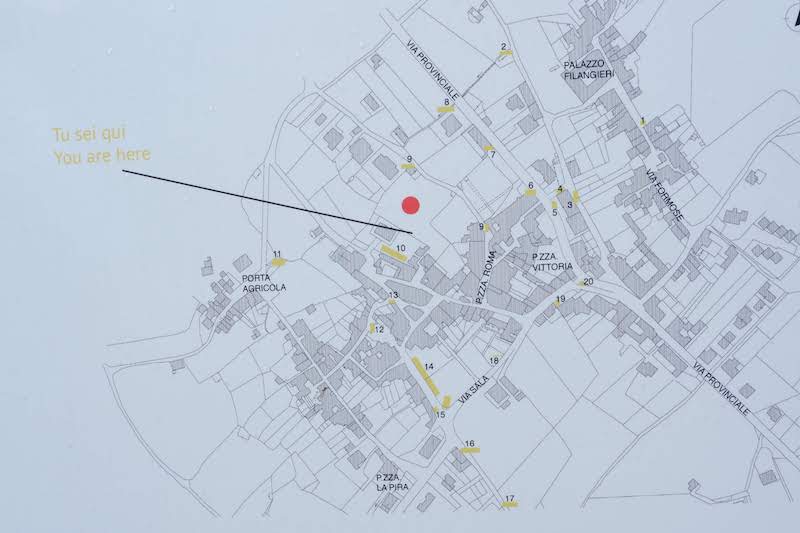Born in 2004 from the visionary insights of Giuliana Conte and Tono Cruz, Fate Festival has been carried out with enthusiasm from everyone living in San Potito Sannitico, a remote mountain village at the foot of the Matese Regional Park.
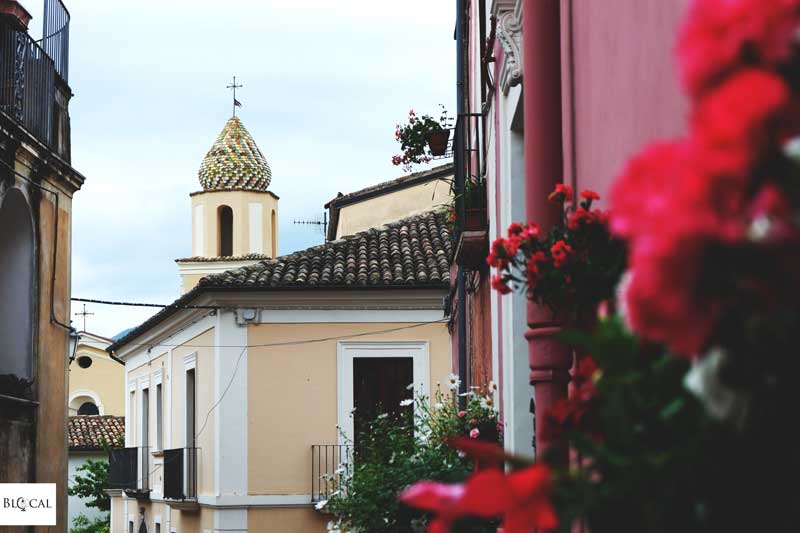
The peculiarity of this diverse art festival is that the locals are a part of both the creative process and the artistic production: they all work for the public good, reactivating San Potito Sannitico through different forms of art be it cinema, theater, dance, music, gardening, or –as is the case from 2014- urban art.
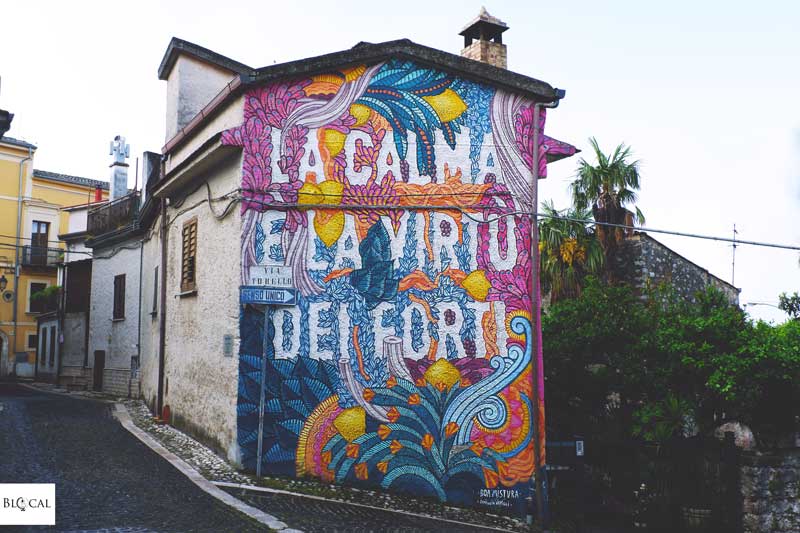
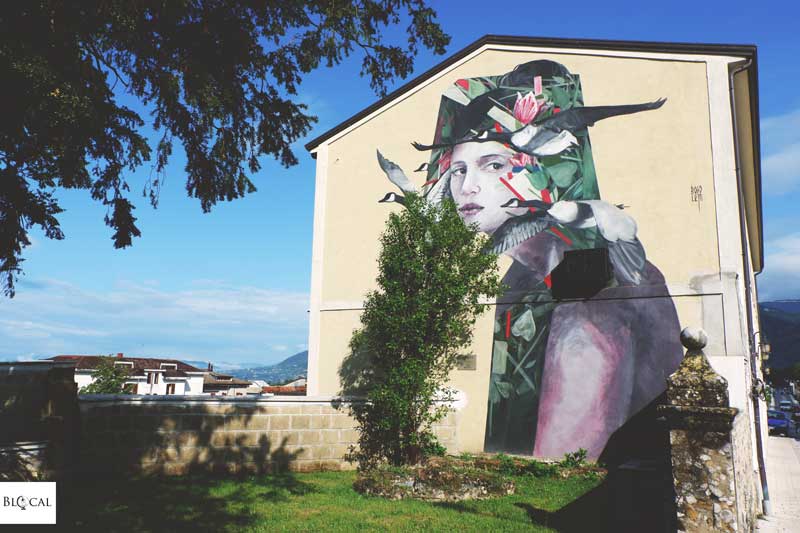
Through art, locals are becoming actively involved in the life of their village and stimulated to produce new ideas. Fate is a festival of doing, of participation in making a collective and collaborative artwork, of reconnecting with the village and its different corners. It’s an urban regeneration that is all thanks to everyone!
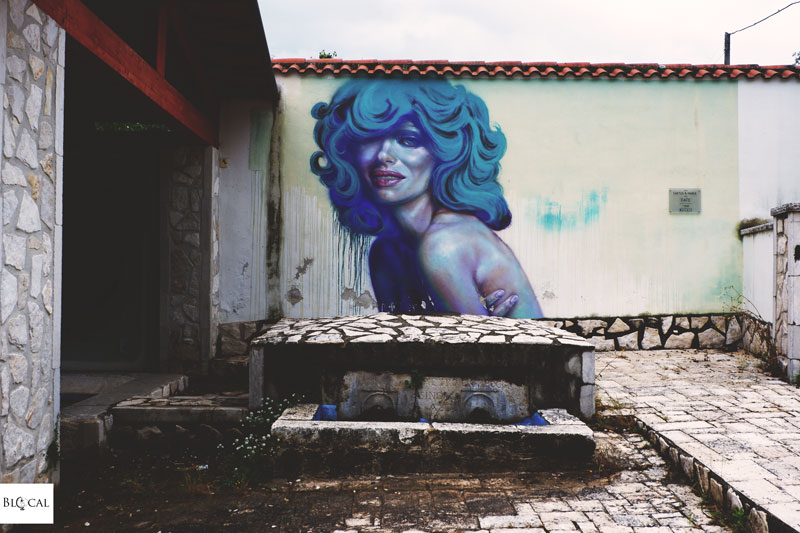
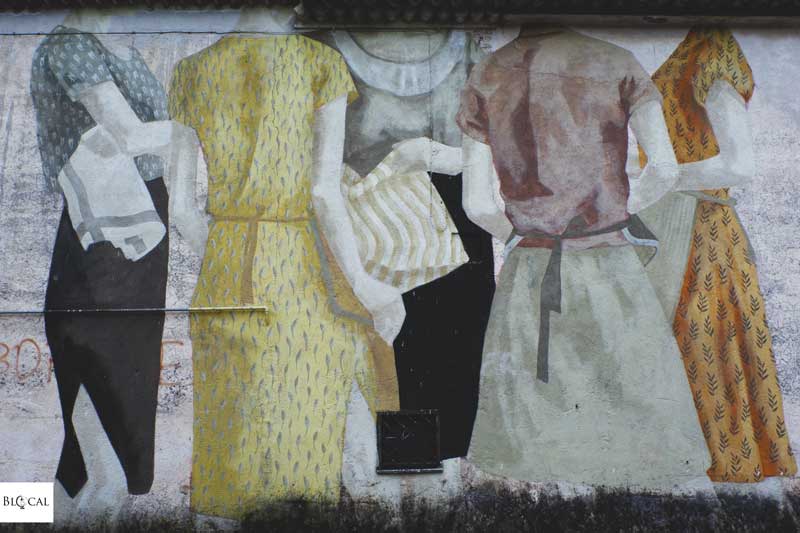
During the years, locals have been helping artists in different ways, from offering their own walls to painting together. I saw the light in their eyes when they mentioned Mono Gonzalez, the Chilean artist who painted the long mural at the entrance of the village with the help of 200 local volunteers.
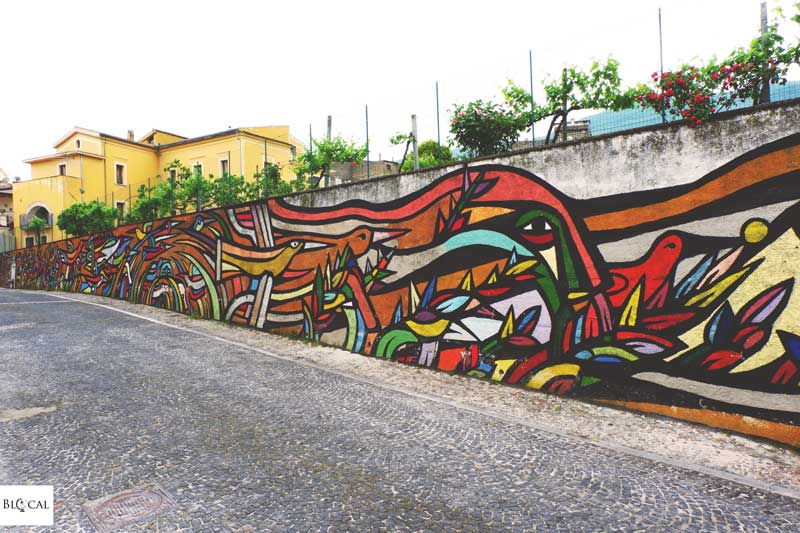
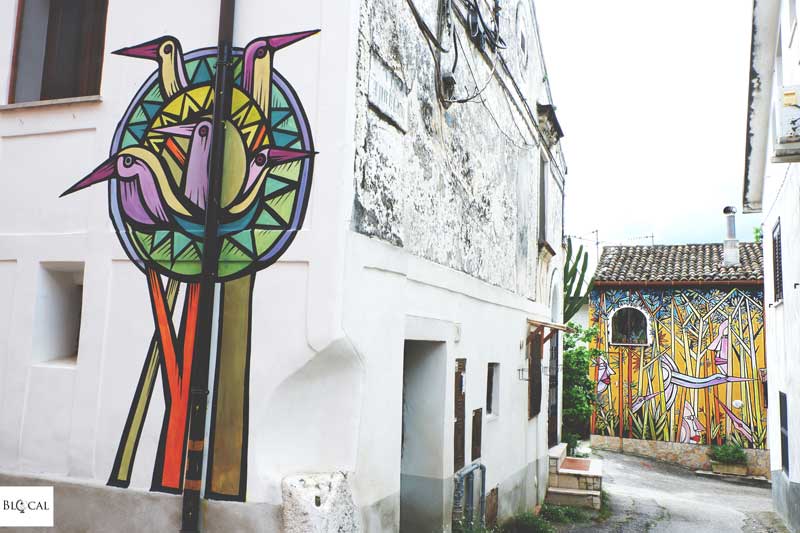
Locals cooked a meal for the artist or, as it had just happened with SpY’s land art, reaped the wheat.
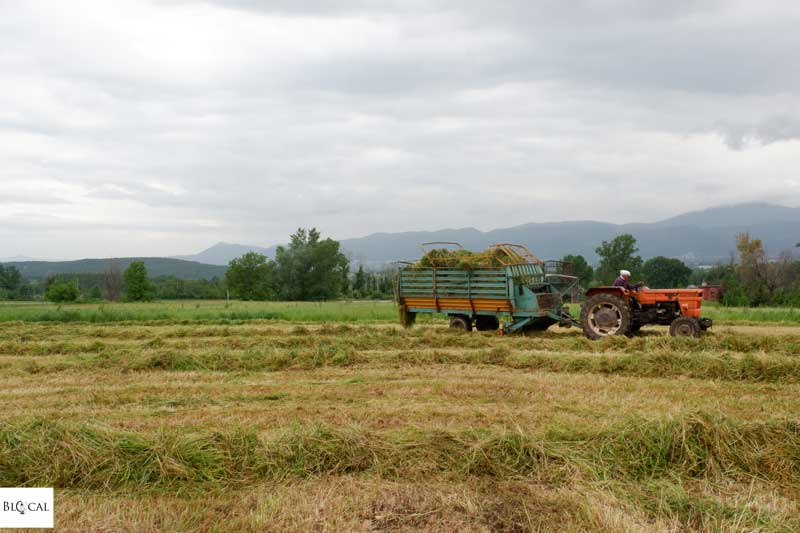
Pieces of art are signed by the artist and all those who had been helping, mirroring the conversational aspect of the festival which aims at starting a dialogue between the generations, between cultures, and between the artists and the space.
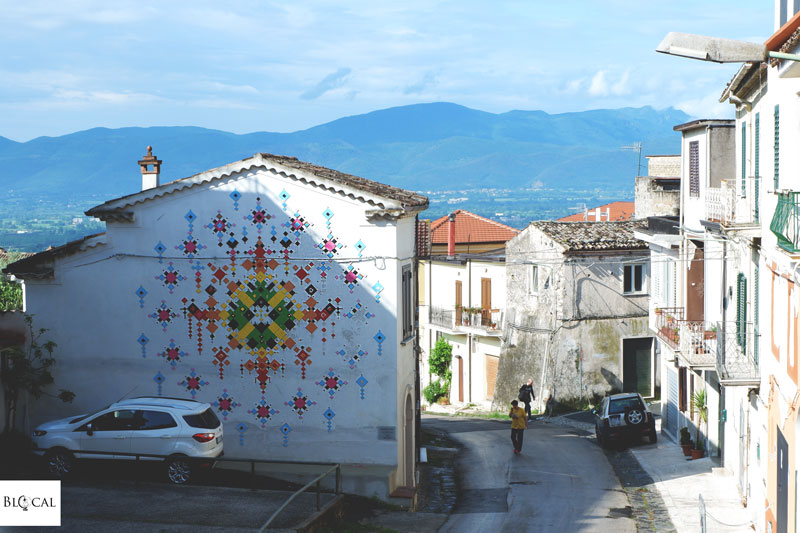
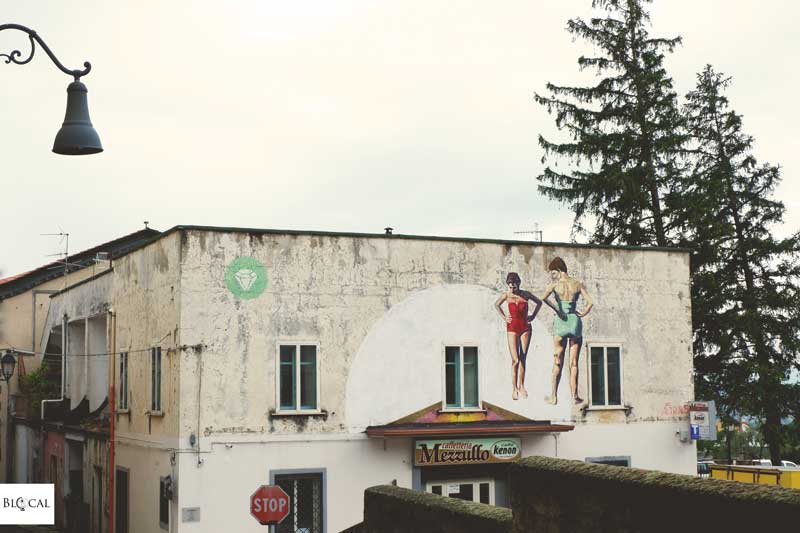
Having had an active part in the building of San Potito Sannitico’s public art collection, locals are proud of it and their village. The elders have even shared with me the funniest anecdotes about that time of the year when their routine gets subverted by a bunch of international artists taking over the village, and the youngsters told me that they are making efforts to stay there and settle in their home village despite the difficulty of finding a job in the area, but they insist that it’s worth it.
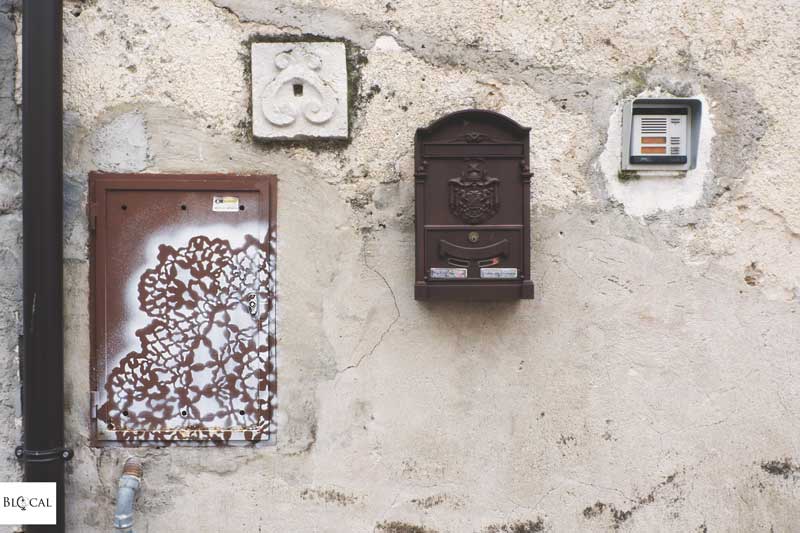
FATE Festival 2018: alt(r)e prospettive (= different/high-altitude perspectives)
The theme of the 15th edition of the Fate Festival was different/high-altitude perspectives, and the artistic disciplines involved this year were dance, aerial sports, and urban art.
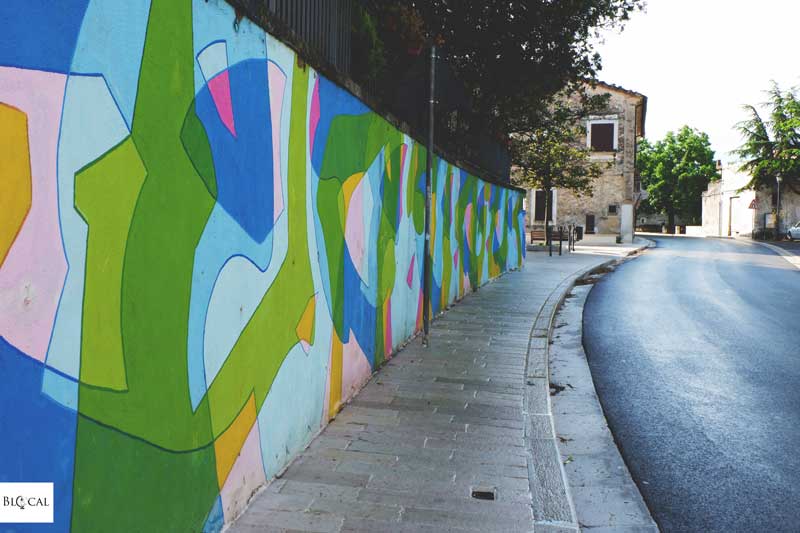
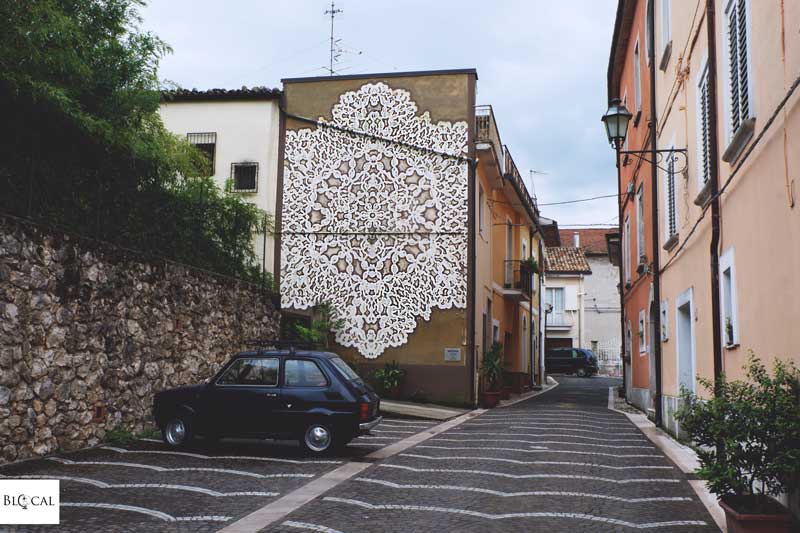
When I visited San Potito Sannitico, the artists were busy creating art on roofs and several other types of horizontal surfaces: public art that can be enjoyed from the top of the village or the skies.
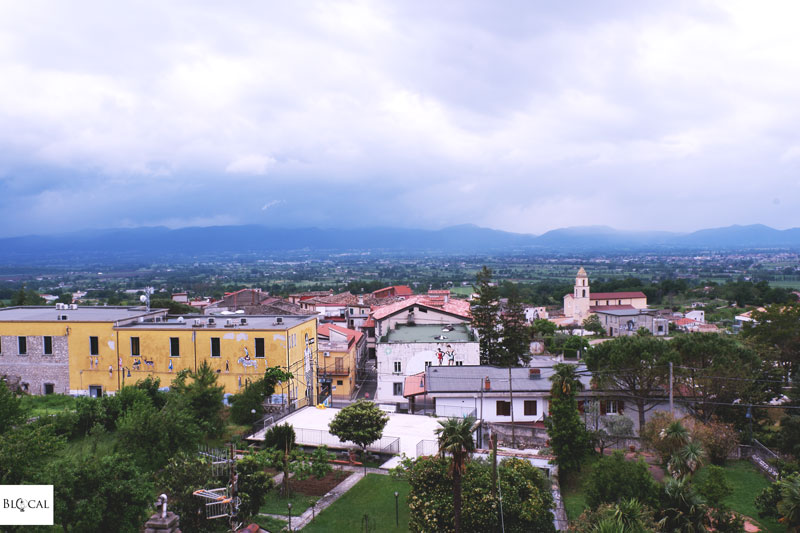
In fact, the Matese area is among the best areas in Italy for aerial sports and San Potito Sannitico even hosted the Paragliding World Cup back in 2010. That’s why this year’s Fate Festival witnessed the realization of artwork that require taking up a different point of view, both metaphorically and literally.
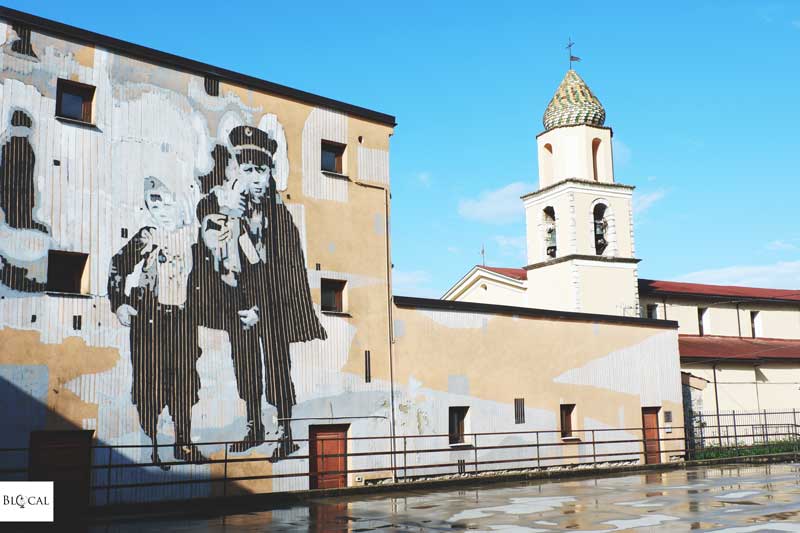
With the help of the locals, Rub Kandy created a five-pointed star whose color will change over time: a different kind of flower will be planted in the freshly-turned earth for the different seasons.
What I like about this piece is that the participation of the community wasn’t simply helping the artist making the star, but it will last as the locals will take care of the star and plant new flowers in it.
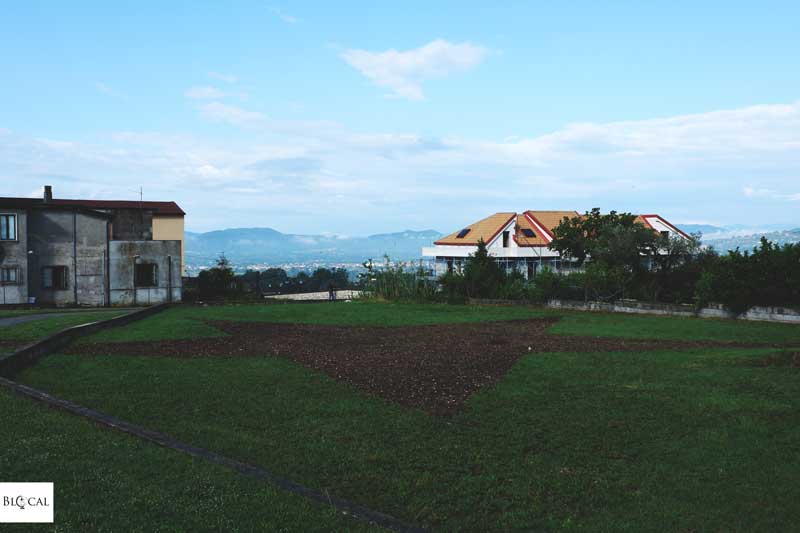
After painting the rooftop of the primary school, Hosh created a more colourful work together with the young students, who were given the opportunity to learn all the tricks of the trade from this experienced graffiti artist from Ibiza.
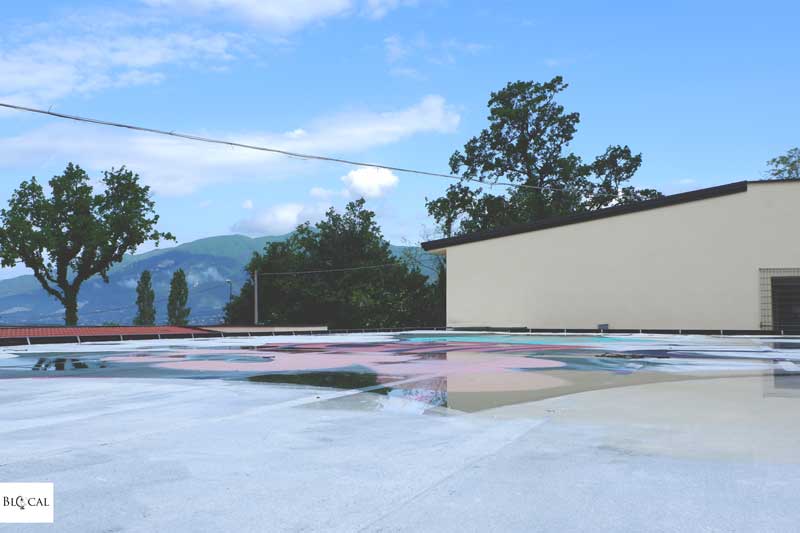
The Spanish artist SpY wanted to surprise those who would fly over his art piece and let them wonder about the origin of the crop circle.
https://www.instagram.com/p/BiXyBDrFMkt/?taken-by=spyurbanart
After this first piece was completed, SpY reached out once again for the help of the local farmers and collected 21 hay bales with which he built a pyramid.
https://www.instagram.com/p/BiZwd0RFy-N/?taken-by=spyurbanart
Carola Bagnato & Rodrigo Acra painted a woman holding lemons on a rooftop by the football field, bringing to San Potito Sannitico some vibrant Argentinian vibes with their iconic, brightly colored abstract style.
https://www.instagram.com/p/BiPq23sncG5/?taken-by=carolabagnato
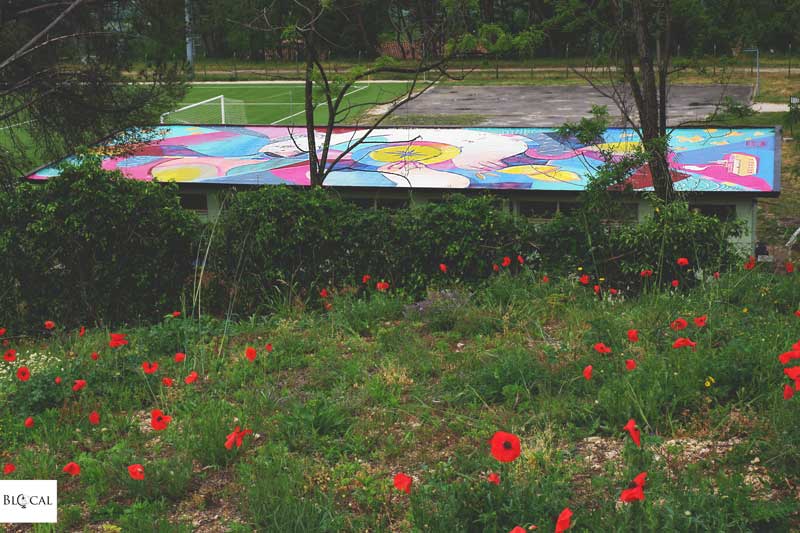
Unfortunately, when I was there the weather was poor, so the only artist I could see at work and have a chat with was Suso33, who was painting inside an abandoned building (the Ex-Gezoov).
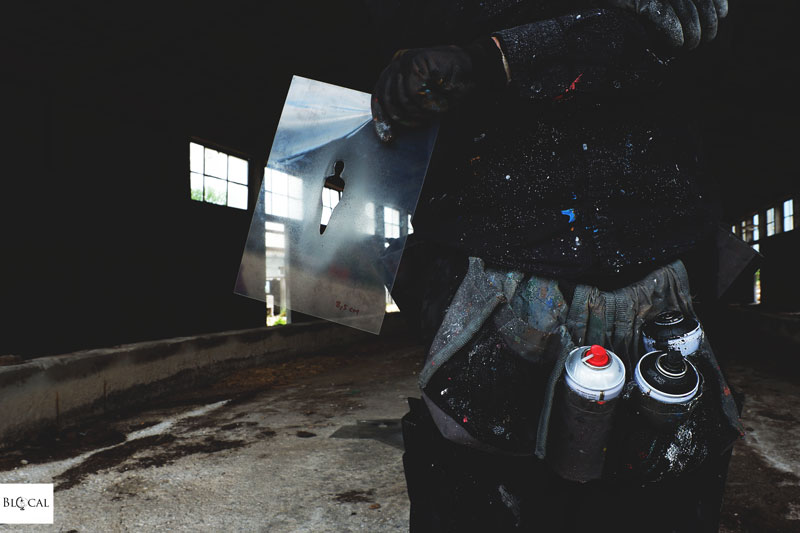
He showed me the catalogue of his work, which was where I saw that he often works inside abandoned places. His poetic works are often inspired by the different textures of crumbling walls and by the signs that the passage of time leaves upon them.
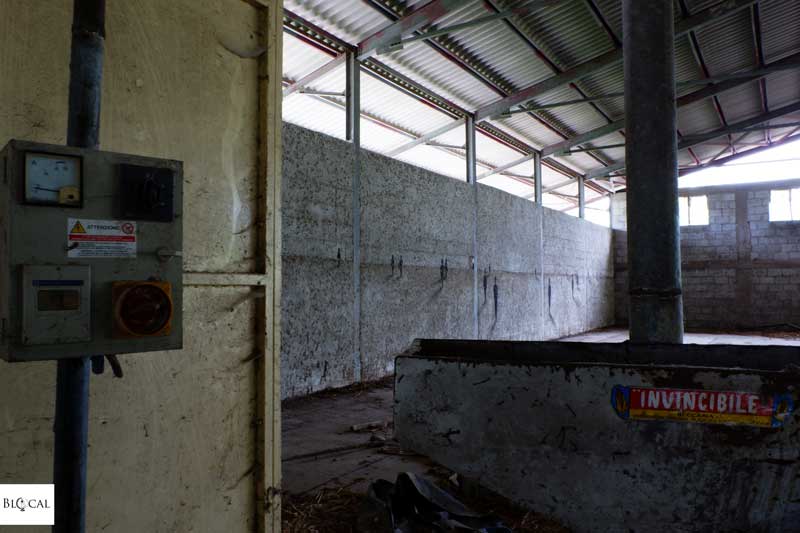
In San Potito Sannitico, Suso33 stencilled his iconic and highly evocative black figures, which could represent any of us with no differences in gender, lifestyle, or culture.
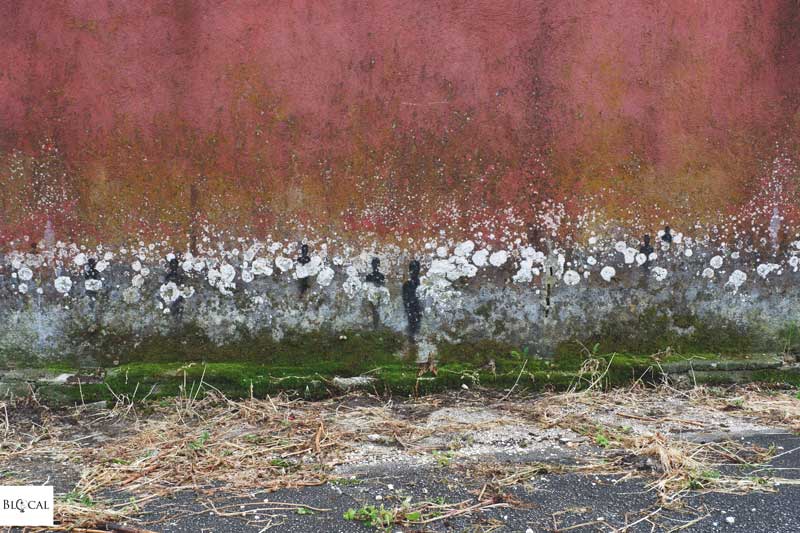
Through these shadows, the Spanish artist hints at a story without explicitly telling it. The stories he created for Fate Festival 2018 are about human beings wandering around different landscapes, such as forests, beaches, mountains, or whatever the wall whispered to him.
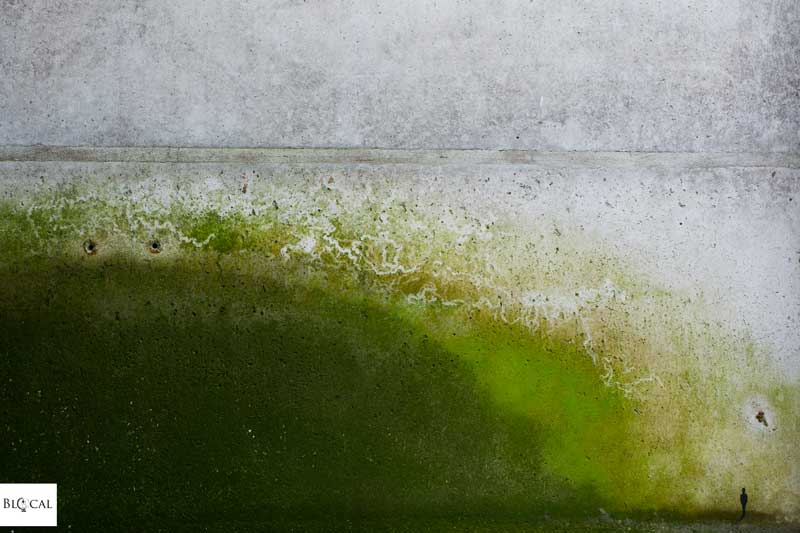
Suso33’s intimate work brought new life to an abandoned place, an empty space that symbolized the destiny of those locations of which nobody is taking care of anymore. A destiny of neglect that is shared with so many little villages around Southern Italy, from which youngsters escape and where there is a lack of public funds. Places that have lost their creative life force and are turning into ghost towns as time passes, unlike San Potito Sannitico.
Subscribe to my monthly newsletter to get more street art articles straight to your inbox!
You can hover over this (or any image) to quickly pin it!
